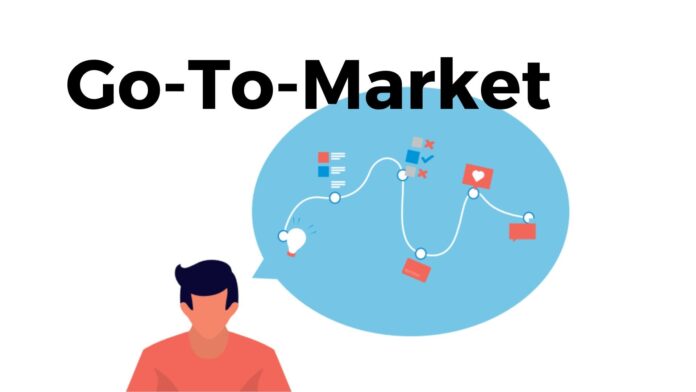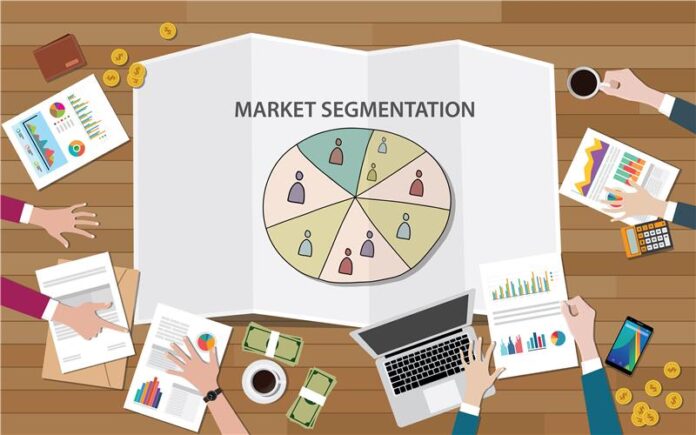Crafting a go-to-market (GTM) strategy is akin to preparing for a grand voyage. It requires meticulous planning, a clear vision of the destination, and a detailed map to navigate through the competitive landscape. For B2B SaaS companies, the stakes are even higher.
The rapid pace of technological advancements, combined with evolving customer needs, makes the journey especially challenging but equally rewarding for those who reach their destination. In this guide, we’ll explore 10 key steps to craft a GTM strategy that ensures your B2B SaaS venture not only embarks on this journey but triumphs in its quest.
Essence of GTM

Before diving into the strategic steps, let’s briefly understand what a GTM strategy is. It’s a plan that outlines how a company will reach its target customers and achieve competitive advantage. For B2B SaaS companies, this involves a deep understanding of the software-as-a-service model, where software is provided on a subscription basis and centrally hosted.
Step into Your Customer’s Shoes
The first and foremost step is to understand your customer deeply. This goes beyond knowing their industry and business size. It’s about understanding their pain points, challenges, aspirations, and how they make purchasing decisions.
Engage in conversations, conduct surveys, and use analytics to gather data. Remember, empathy is your compass here. By truly understanding your customer, you can tailor your offering to meet their specific needs.
Define Your Value Proposition
Once you’ve walked a mile in your customer’s shoes, it’s time to define your value proposition. What makes your SaaS solution stand out? Is it the innovative technology, the ease of use, the cost savings, or the exceptional customer service? Your value proposition should be clear, compelling, and concise, highlighting the unique benefits your solution offers.
Segment Your Market

Not all customers are created equal. Different segments have different needs and preferences. By segmenting your market, you can focus your efforts on the most promising segments where your value proposition resonates the most.
Criteria for segmentation could include industry, company size, geographic location, and technological maturity. The goal is to identify niches where you can dominate and become the go-to solution.
Choose Your Channels Wisely
In the B2B SaaS world, choosing the right sales and distribution channels is critical. Whether it’s direct sales, partner channels, or online marketplaces, each channel has its advantages and challenges.
Consider factors such as your target market’s buying preferences, the complexity of your product, and your sales capabilities. A multi-channel strategy may be effective, but ensure each channel is integrated and aligned with your overall GTM plan.
Craft a Compelling Message
Messaging is the art of translating your value proposition into language that resonates with your target audience. It’s not just about what you say, but how you say it. Your messaging should address the customer’s pain points, articulate the benefits of your solution, and differentiate you from the competition. It should be consistent across all touchpoints, from your website to your sales pitches.
Set Your Pricing Strategy

Pricing is a critical component of your GTM strategy. It’s not just about covering your costs and making a profit; it’s about positioning your solution in the market. Your pricing strategy should reflect the value you provide, be competitive, and align with your target customers’ willingness to pay.
Consider different pricing models, such as subscription-based, usage-based, or tiered pricing, and be prepared to adjust based on feedback and market dynamics.
Build a Sales and Marketing Engine
With your target market identified, value proposition defined, and pricing set, it’s time to build a sales and marketing engine that can deliver your message to the right audience. This involves a mix of inbound and outbound strategies, from content marketing and SEO to cold calling and email campaigns. The key is to create a consistent flow of leads, nurture them through the sales funnel, and convert them into customers.
Focus on Customer Success

In the SaaS world, the sale is just the beginning. Customer success is crucial for retention, upsells, and word-of-mouth referrals. This means not only providing an exceptional product but also offering top-notch support, training, and resources to ensure customers achieve their desired outcomes.
A dedicated customer success team can help monitor usage, gather feedback, and proactively address any issues.
Measure, Learn, and Iterate
A GTM strategy is not a set-it-and-forget-it plan. It requires continuous measurement, learning, and iteration. Establish key performance indicators (KPIs) to track your progress, such as customer acquisition cost, lifetime value, churn rate, and conversion rates. Use data to make informed decisions, test different approaches, and refine your strategy over time.
Foster a Culture of Agility and Innovation
Lastly, the ability to adapt and innovate is crucial in the fast-paced SaaS industry. Encourage a culture of agility within your organization, where feedback is welcomed, failures are seen as learning opportunities, and innovation is part of the DNA.
This will help you stay ahead of the curve, anticipate market shifts, and continuously improve your GTM strategy.
Embrace Environmental and Social Governance (ESG)

Incorporating Environmental and Social Governance (ESG) criteria into your go-to-market strategy is not only a moral imperative but also a business necessity in today’s world.
B2B SaaS companies that demonstrate a commitment to sustainability, ethical practices, and social responsibility can differentiate themselves in a crowded market.
Showcasing how your software can help clients achieve their ESG goals, or how your company operates sustainably, can appeal to the growing number of organizations prioritizing these values.
Embracing ESG can lead to stronger customer relationships, enhance brand reputation, and open up new market opportunities, making it an essential element of your comprehensive GTM plan.
Final Words
In conclusion, crafting a GTM strategy for B2B SaaS success is a complex but rewarding endeavor.
It requires a deep understanding of your customers, a clear value proposition, strategic market segmentation, careful channel selection, compelling messaging, a well-thought-out pricing strategy, a robust sales and marketing engine, a focus on customer success, and a commitment to continuous improvement and innovation.
By following these steps, you can navigate the competitive landscape, reach your target customers, and achieve triumph in the SaaS world. Remember, the journey is as important as the destination, and with the right GTM strategy, your voyage is bound to be a successful one.






